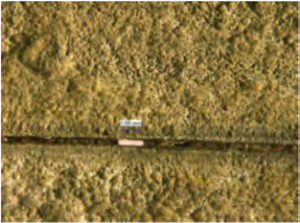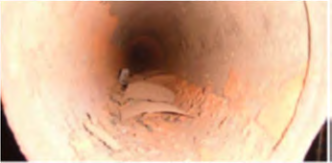Wet pipe fire sprinkler systems in malls are especially susceptible to accelerated corrosion rates because systems are drained and refilled frequently for tenant modification projects. The process adds fresh oxygen with each drain and refill cycle. A large regional mall in Tampa, Florida was experiencing one leak per month on its wet pipe fire sprinkler systems. The ECS Wet Pipe Nitrogen Inerting (WPNI) process designed specifically to prevent oxygen corrosion in wet pipe systems was used to stop the leaks.
History and Background
- Mall opened 2001 – 11 years old when work commenced
- Large, two level, regional mall located in Southern Florida
- 1.19 million sq.ft. of gross leasable space
- 36 wet pipe fire sprinkler systems protect the tenant and common mall areas – anchor stores are served by separate systems not included in this study
- Electric fire pump supplied by municipal water fed the overhead bulk supply loop feeding system risers located in service corridors around the perimeter of the building
Fire sprinkler piping materials:
- Black steel schedule 10 mains
- Black steel cross mains and branch lines a mix of schedule 10 and 40
Project Background
- The mall was experiencing multiple leaks on a monthly basis
- 36 wet systems were nitrogen inerted in December 2012
- Pipe replacement limited to repair of existing leaks
- Only one leak since nitrogen inerting the wet pipe zones
Corrosion related leak history:
- Leaks occurring in wet pipe branch lines and mains on a monthly basis
- Leaks occurred in tenant spaces and common mall areas
- Merchandise damage risk due to fire sprinkler water leak






